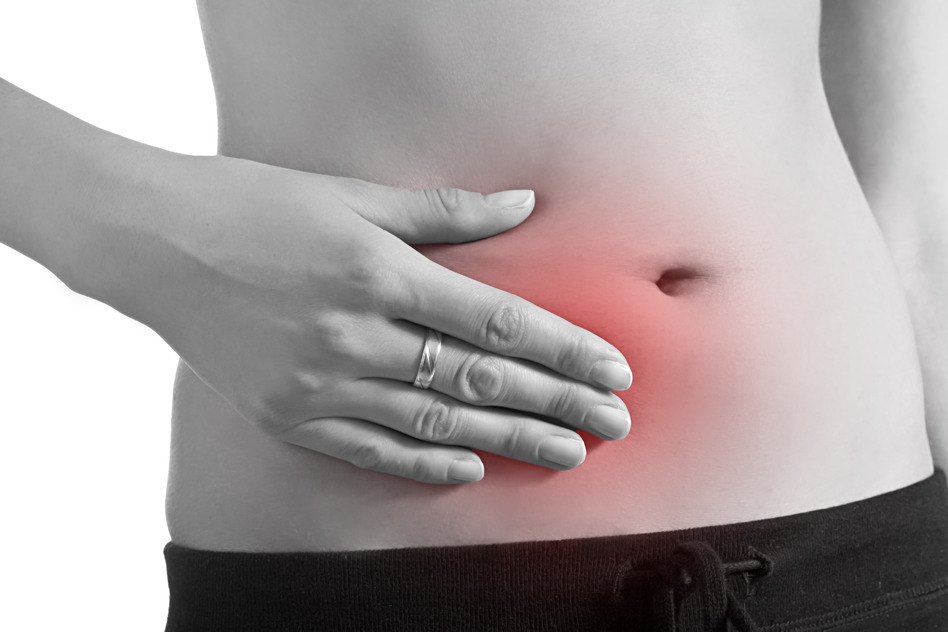Pelvic pain often arises in women, especially in their internal reproductive organs. However, pelvic pain can also occur in men. This pain can be caused by multiple health issues. Pelvic pain can be a symptom of infections, pain in non-reproductive organs such as the colon or bladder or pain in the pelvic bone. In women, the common causes of pelvic pain or problems in the reproductive organs in the pelvic regions such as the vagina, Fallopian tubes, ovaries, uterus, cervix and uterus. Read on to find out more about possible causes of pelvic pain.
Endometriosis
One of the possible causes of pelvic pain is endometriosis. This is when cells similar to the tissue lining in the uterus start to wander elsewhere. This will then break down every month in time with your period. This will then lead to pelvic pain. The common symptom of endometriosis are severe cramps during and after your menstrual cycle. The pain or cramps will radiate to the lower regions of the body, such as the leg and back. Endometriosis can be diagnosed through laparoscopy and biopsies. This is minimal invasive surgery. The top treatments for endometriosis will be medication that can help shrink endometrial tissues such as birth control pills. Another medication that can be prescribed for this problem are naproxen sodium and ibuprofen. Doctors can also advise you to have a minimal invasive surgery and for severe cases a hysterectomy.
Interstitial Cystitis
This may seem like an unfamiliar illness, but according to recent studies over 3 million women suffer from interstitial cystitis. What is it exactly? It is an illness that may be caused by breakdown of cell on the outer part of the bladder called mucin. These cells help protect the bladder from acidity. People that have this condition will experience recurring discomfort in their bladder area and at time the surrounding areas around it. Symptoms of interstitial cystitis are a more severe form of urinary infection. It will either feel like a stabbing pain or a burning sensation when they need to urinate or when their bladder is full. This pain often occurs multiple times a day and even when you are asleep. The best way to diagnose this is to rule out other conditions that have the same symptoms. Get your urine checked for bacteria to rule out a urinary tract infection. You will then need to get further examination to fully diagnose this condition, it may even require a biopsy of the bladder wall. Treatments will require oral drugs that can help coat the bladder wall. Medication will take from 6 to 9 months to fully take effect.
Pelvic Floor Tension Myalgia
This is a common condition that not a lot of people are diagnosed with. There are different causes for pelvic floor tension myalgia. Chronic tension in the pelvic floor muscles can be caused by physical stress, emotional stress or both. The pelvic floor muscles are essential to supporting your pelvic organs. Common symptoms of this condition are heaviness or pain in the pelvis. Other symptoms are pain, itching and burning in the urethra or vagina. The only way to diagnose this is to get a physical examination from an experienced pelvic pain professional. The most common and effective treatment for this condition is physical therapy. Working out this muscle can help cure pelvic floor tension myalgia. Perform exercises that can help align your pelvis and core while stretching out the body.
Vulvodynia
The cause of vulvodynia is unknown, but experts suggest that women that have or are prone to yeast infections are most likely to develop vulvodynia. Other possible causes for this is nerve damage from physical activities such as childbirth, riding bikes and riding horses. Symptoms of this are a stinging sensation in the vulva that can spread to upper thigh and butt. Sitting, using a tampon or wearing tight jeans can experience this pain. The cotton swab test can help diagnose this problem. It can be cured by using different medications such as topical anesthetic lidocaine, anti-seizure drugs and antidepressant.
Treatment for pelvic pain will vary depending on the cause of the symptom, how often the pain happens and how intense the pain is for the sufferer. Most pelvic pains are treated through oral medication. Some patients will require antibiotics. If the person suffers from pain due to complications from one of the pelvic organs, they will be required to go under the knife. Get yourself properly checked to be given the right treatment or medication needed to treat pelvic pain. If the pain is occurring too often or is too severe, go to your trusted medical professional immediately.













